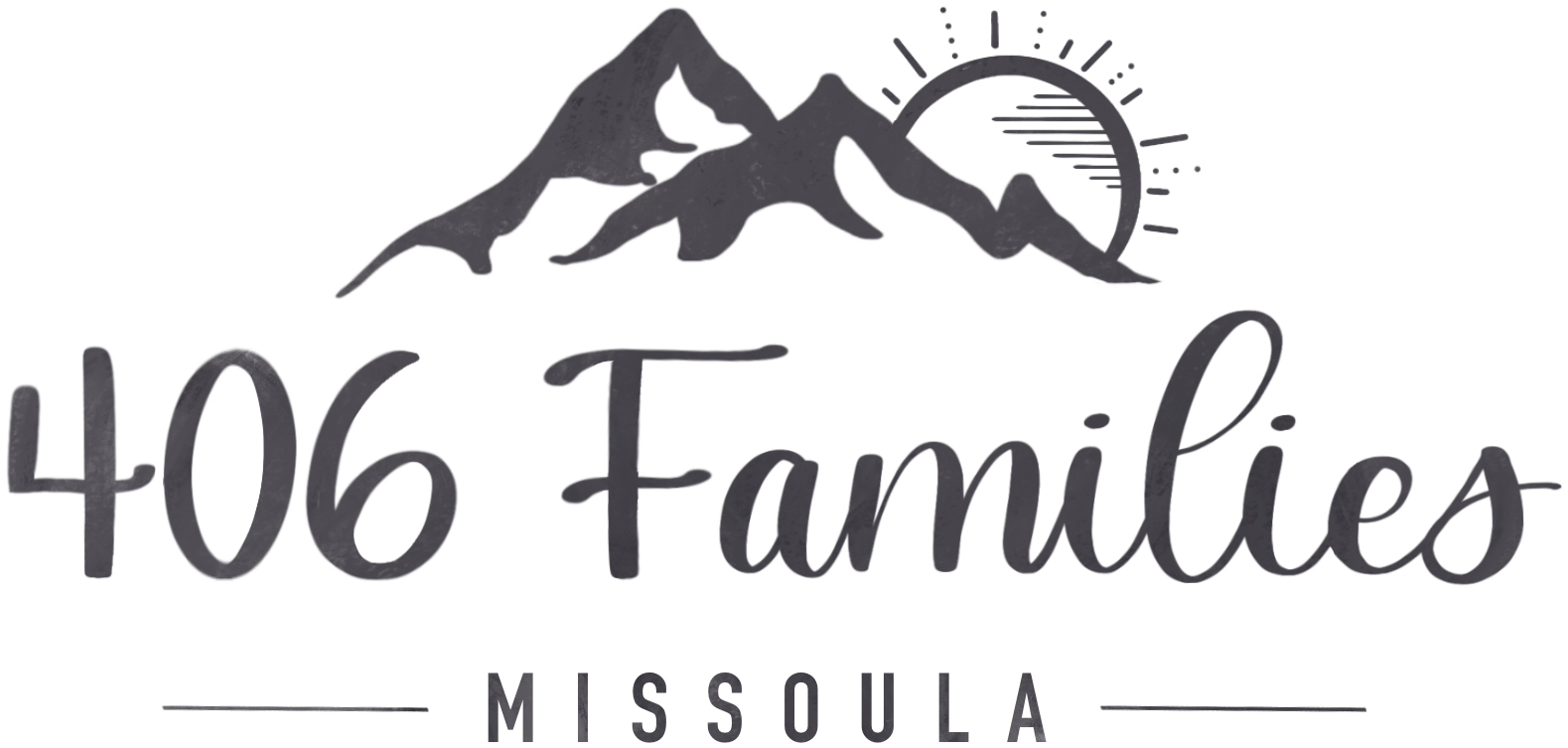Everything You Need to Know about Voting in Montana
After years of waiting, my mother was finally able to give up her apartment in Austin, Texas and move to Montana in the late summer of 2020. Sitting around the dinner table last week discussing politics and favorite ice cream flavors, it dawned on us. Mom wasn’t registered to vote, at least not in Montana. At least not yet. “What do I need to do?” she asked.
On November 3, 2020 the Country will make a series of remarkable and consequential decisions impacting not just our own selves, but the lives of people we never even meet. We will decide who governs our local communities, who dons the black robes of justice in our courts, who will govern our state, who we will trust to send to Washington, D.C. to represent our local voices, and ultimately, who will reside in The White House for the next four years. But in order to make these decisions on the ballot sheet, we need to know how the process works. This is doubly true in such an abnormal year as 2020. In answering my mom’s question, I wanted to share with others what you must do to ensure you are registered to vote and how to learn more about the election process leading up to November 3rd.
If you are voting in this year’s election, the time to start planning for how you will vote begins now. Sure, election day isn’t until November 3rd, and in 2020 years that feels like several torturous months away. But what we call “election day” isn’t really one single day at all. In fact, in Montana voting is already underway. But before you can vote, you need to make sure you are properly registered.
The Montana Secretary of State website provides useful tools to help you ensure you are registered to vote. Whether you just turned 18 and this will be your first election, or if you recently moved and need to change your voter registration information, you can find a Voter Registration Application here. If it has been a while since you’ve voted and you’re just not sure if you are registered, or you moved and you can’t remember if you registered at your current address, you can check your registration status here. In order to meet the registration requirements and vote in Montana you must be at least 18 years old on or before the date of the election, you must be a citizen of the United States, and you must have resided in Montana, in the county where you will be voting, for at least 30 days prior to the election. The voter registration deadline for the 2020 election is October 26th. Late registration is available from October 27th up to Election Day itself, but you must register in-person at your County Election Office or local polling place.
Once you confirm that you are registered then the next question becomes how to vote. In Montana voters can choose whether they will vote in person or by mail. Our home is split on this. Tiffany likes to physically go to the polls, chat with the election workers, see her friends, and participate in a grand community experience. Meanwhile I have always been part-hermit, even before the pandemic, and prefer to vote by mail. If you are newly registering or updating your registration, you can make this choice on the actual voter registration form itself. Or, if you are already registered, you can complete an Application for Absentee Ballot and mail or turn it in to your local election office.
Of course, 2020 turning all things topsy turvy, there are several Montana counties that are going to an all-mail election. In fact, at least 45 out of Montana’s 56 counties will be mailing ballots to registered voters starting on October 9th. You can check if your county is on that list through the Secretary of State website here. If you are not yet registered or have not yet updated your registration, your county will mail you a ballot as soon as you have done so. But no ballots will be mailed after the October 26th registration deadline. The good news for those who prefer the experience of voting in person is you can still take your ballot to your local polling place to cast your votes. If, like me, you prefer to be “wrong,” the good news is you may not need to pay for postage to mail in your ballot! Check with your local county elections office and read the instructions that come with your mail ballot carefully to see if your county is paying for the return postage. The most important thing to remember if you are mailing your ballot is that it must be received by Election Day.
So if you plan on voting, check your registration status and get that ballot mailed or turned in by Election Day! Then we can all look forward to what should be declared a national holiday; November 4th: The end of political mailers and commercials!


